
The RS-232 bus is the most widely used serial interface bus in PC and industrial communication. The RS-232 interface was originally defined by the American EIA (Electronic Industries Alliance) as a standard for communication between computers and terminal devices. Due to its simple interface and high reliability for short-distance communication, it is widely used in communication scenarios between computers and external devices, as well as in electronic systems.
To meet the reliability requirements of the new generation of computers, GeLi Micro has recently developed a fully isolated single-channel RS-232 bus transceiver chip – GLb3251C. This chip integrates an isolated power supply, digital isolator, and RS-232 transceiver, offering high integration, compact size, and reliability, making it suitable for RS-232 bus communication in high-noise environments.

1 Introduction to RS-232 Bus
The RS-232 serial interface is one of the main communication interfaces between microcontrollers and external devices. A typical RS-232 connection requires only three lines (RxD, TxD, GND) to achieve reliable two-way communication. A complete RS-232 connection also includes control lines such as RTS, CTS, DSR, DTR, and DCD. Taking the most common three-wire RS-232 as an example, the physical layer protocol logic levels for TxD and RxD are: logic 1 (MARK) = -3V to -15V, logic 0 (SPACE) = +3V to +15V. To enhance noise immunity, the RS-232 bus levels are within ±15V, which significantly differs from TTL levels, necessitating the use of RS-232 transceivers for level conversion. The original RS-232 required dual power supplies, making it bulky and inconvenient for applications. Later, charge pumps were integrated into the chip to convert 5V levels to 10V and -10V levels, greatly reducing usage difficulty.
2 Introduction to Isolated RS-232 Bus Transceivers
In practical use of the RS-232 bus, when data is transmitted between two different power systems via the RS-232 serial data bus, the RS-232 bus can become a channel for ground noise and surge currents to invade the system. Especially when there is a significant potential difference in ground noise between systems, although RS-232 has raised the levels to ±15V, if the potential difference and surge voltage exceed this range, it can lead to communication failure or even destructive damage to internal components. Isolated RS-232 bus transceivers integrate isolated power supplies and isolators, effectively preventing interference and damage caused by potential differences and surges, making isolated RS-232 bus transceivers the mainstream choice today.
3 Introduction to the GLb3251C Chip
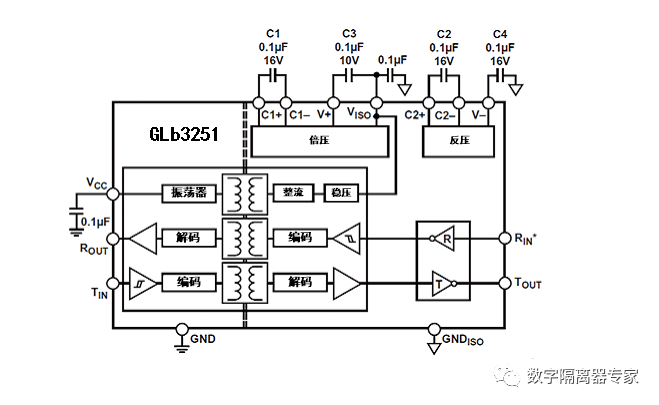
Figure 1: Functional Block Diagram of GLb3251C
GeLi Micro has successfully launched the fully isolated RS-232 bus transceiver GLb3251, based on years of experience. This product integrates a digital isolator, isolated power supply, and RS-232 transceiver chip, as shown in the internal block diagram in Figure 1. The RS-232 bus pins RIN and TOUT have ESD protection capabilities exceeding ±15KV, making them suitable for extremely harsh electrical environments and any application requiring RS-232 transceivers.
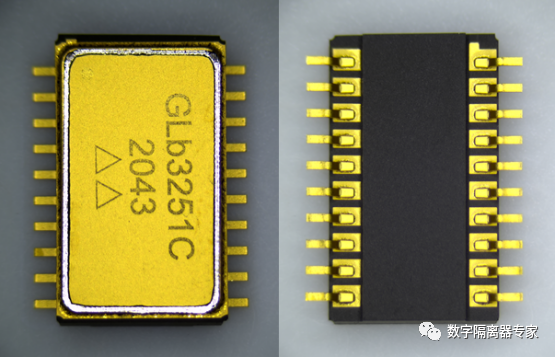
Figure 2: Physical Image of GLb3251C: Front (Left) and Back (Right)
As shown in Figure 2, the specific characteristics of the GLb3251C product are as follows:
* Highly integrated digital isolator, isolated power supply, and bus transceiver;
* Wide operating power supply voltage range: 3.0V to 5.5V;
* Complies with EIA/TIA-232E standards;
* Includes one transmitter and one receiver;
* Data transmission speed: 460Kbps;
* RS-232 bus pin ESD protection (IEC61000-4-2 standard):
Contact discharge: ±8kV
Air discharge: ±15kV
* Isolation voltage: 2500Vrms;
* High common-mode transient immunity: 25kV/us;
* Operating temperature range: -55℃ to +125℃;
* Package: Ceramic Wide Body SOIC-20;
* Pin compatible with ADI’s ADM3251E;
4 Pin Definitions
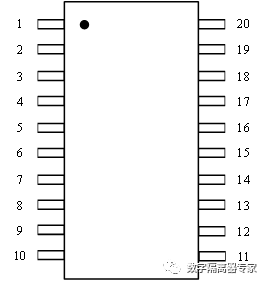
Figure 3: Pin Distribution Diagram of GLb3251C
Table 1: Pin Description of GLb3251C
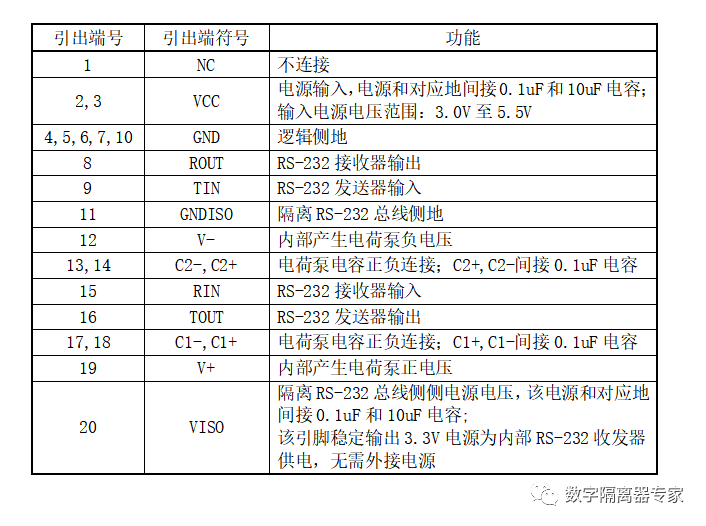
5 Typical Applications
The typical application circuit of the GLb3251C is shown in Figure 4. The chip’s input power supply voltage range is from 3.0V to 5.5V. The logic interface ROUT and TIN on the left side can be directly connected to the microcontroller without external circuitry, while the VCC power pin on the left side requires a 0.1uF and 10uF decoupling capacitor. The VISO power on the right side provides a stable 3.3V power supply for the internal RS-232 transceiver without needing an external power supply; this pin also requires a 0.1uF and 10uF decoupling capacitor. The high integration of the GLb3251C allows the previously complex multiple discrete component RS-232 systems to be replaced by a single chip, saving PCB space and reducing R&D costs, making it the preferred choice for RS-232 interfaces.
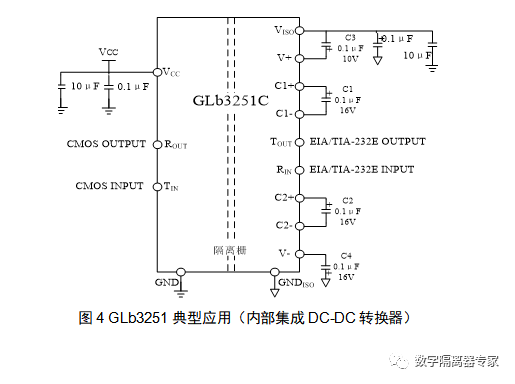
6 Dimensions
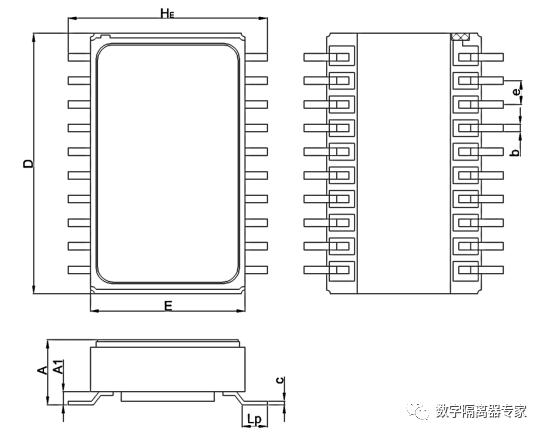
Figure 5: Ceramic Wide Body SOIC-20 Outline
Table 2: Dimensions of Ceramic Wide Body SOIC-20 Package
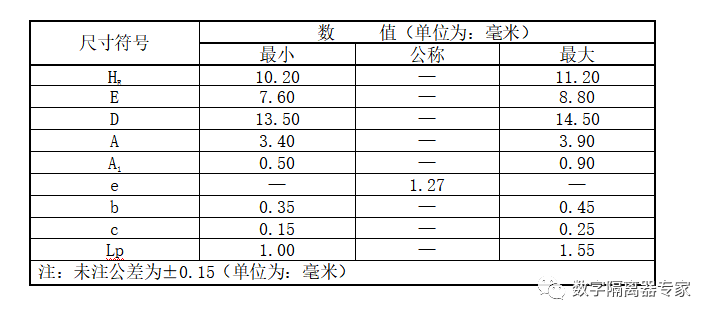
7 Conclusion
The GLb3251C product launched by GeLi Micro is the first isolated bus transceiver product with integrated isolated power supply in the GLb isolated bus series. On one hand, this product meets the application requirements for isolated RS-232 bus transceivers; on the other hand, it represents a significant breakthrough for GeLi Micro in the fields of digital isolators, isolated power supplies, and bus transceivers. Additionally, we would like to reveal that the long-awaited isolated CAN, 422, and 485 fully isolated buses will be launched soon, so please stay tuned.